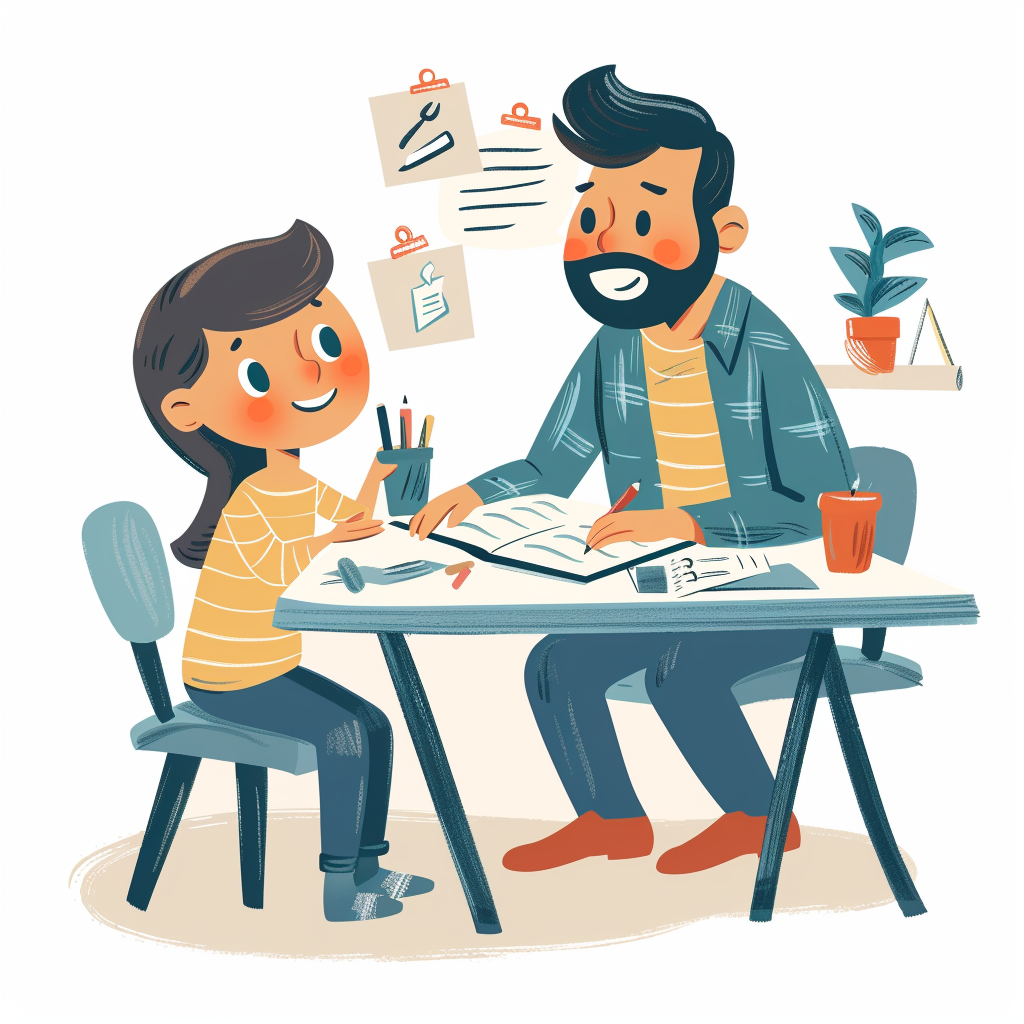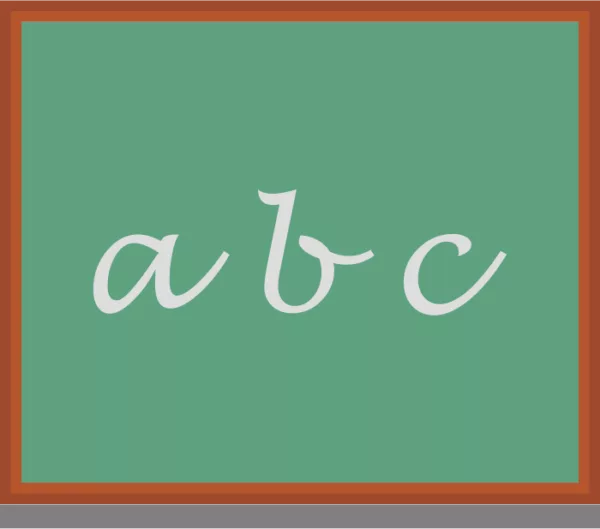How to teach letters and sounds (Phonics) at home
Let your child take charge of their learning
Access print-friendly, downloadable Maths and English resources for easy learning.
Our aim is to help children succeed at school. Supporting children in Maths and English can be made easier if you have the right resources.
Choose from our many plans or try us for free with Teach Weekly.


If your child has just started school or is due to start soon, you may want to give them a headstart by helping them learn their letter sounds (phonics).
The way letters and sounds are taught in school is very different to going through the alphabet from a-z.
What is Phonics?
Phonics is a way of teaching kids how to read and say words. It helps them learn the sounds that letters and letter combinations make. With phonics, children connect the spoken sounds of words to the written letters, making it easier for them to read and spell. It's like a fun puzzle that helps kids understand how letters and sounds work together in reading and writing.
How is Phonics Taught in Primary School?
Phonics is taught by helping children learn the sounds that letters and groups of letters make. The focus is on connecting these sounds to reading and writing. Teachers use games, activities, and books that emphasise these letter-sound relationships.
Children in school follow the Letters and Sounds phonics programmes. Teachers provide daily speaking and listening activities at school everyday. The children are split into groups according to their ability and knowledge of phonics.
The Letters and Sounds programme is split into 6 Phases. Each phase aims to develop speaking and listening skills, and prepares children to become fluent readers by the age of 7 by developing their phonic knowledge and skills in a systematic way.
Children start by experiencing a wealth of listening activities including songs, stories and rhymes. They can be divided into seven aspects, including environmental sounds, instrumental sounds, body sounds, rhythm and rhyme, alliteration, voice sounds, oral blending and segmenting.
Join Teach My Kids and download Letters and Sounds activities, worksheets and booklets
Letters and Sounds Phonics Explained
The Letters and Sounds phonics program is a widely used approach in primary schools in the UK to teach children how to read and spell. The program is divided into different phases, each building on the previous one. Here's a general overview:
- Phase 1 (Reception): This phase focuses on developing children's listening skills, sound discrimination, and oral blending and segmenting. It involves activities like playing with sounds, rhyming games, and identifying initial sounds in words.
- Phase 2 (Reception): This phase introduces the first set of phonemes (sounds) and their corresponding graphemes (letters or letter combinations). Children learn to blend sounds to read simple words and segment words into sounds for spelling. Common high-frequency words are also introduced.
- Phase 3 (Reception): More phonemes and graphemes are introduced, including digraphs (two letters making one sound) and trigraphs (three letters making one sound). Children continue to practice blending and segmenting and learn more high-frequency words.
- Phase 4 (end of Reception/beginning of Year 1): This phase focuses on consolidating children's knowledge and fluency in blending and segmenting. It involves reading and spelling more complex words and sentences.
- Phase 5 (Year 1): This phase introduces alternative spellings for the sounds children have already learned. It includes more complex graphemes and additional high-frequency words. The goal is to develop more advanced reading and spelling skills.
- Phase 6 (Year 2 and beyond): This phase focuses on further developing spelling rules, prefixes, suffixes, and understanding more complex word structures. It aims to make children confident and accurate readers and spellers.
Teachers use a variety of resources, including books, games, and interactive activities, to engage children in learning phonics. The approach is often systematic, and regular assessments, including the Phonics Screening Check in Year 1, help identify and support children who may need extra help. The ultimate aim is to equip children with the skills they need to become fluent and confident readers.
Join Teach My Kids and download Letters and Sounds, Phonics activities, worksheets and booklets

Don't take our word for it...
"Amazing site just renewed my subscription for the second year. This site is well structured and has helped to assure me that the work we do at home co-ordinates and strengthens the work done at school."
"Teach My Kids is a fantastic resource. We use the work sheets to reinforce the Maths and English that our children, James 9 and Katie 8, are learning at school. They are ideal for when we have a spare 10 – 15 minutes, and also give us as parents the opportunity to see how much our kids know!
As and when the work sheets are completed, I log in and tick them as completed, so it’s clear which topics have been covered. I try to do 2 - 4 of worksheets a week and feel that they are of great benefit to both our children.
I would definitely recommend ‘Teach My Kids’, it’s fantastic value for money and if you have any questions or queries these are answered promptly."
"I have found the ‘Teach my Kids’ website to be very helpful and informative. The worksheets met my children’s individual needs at a time when I was struggling with ways in which to support them. They were very easy to follow have made a real impact on their confidence in Maths and English.
The website is clear and well thought out and easy for anyone to follow. Any queries are responded to promptly. A great website for parents!"
"Teach My Kids has all the ingredients of the National Curriculum and above all good lesson planning. Such an excellent tool for parents and children. The worksheets are attractive and easy to read and follow. Excellent lively illustrations. I am impressed by the rewards systems and learning path progress. The learning paths are well constructed and brilliant because all the children in the family can use it. Very useful advice to parents.
I would encouraged parents towards this user friendly and excellent web site."
"Teach my kids is a very valuable website! Great worksheets available that help me and my child on her sometimes confusing learning path. Fabulous helpful and friendly owners, would highly recommend!"
"I have been with Teach My Kids for a few months and can see an improvement in my daughter. The rewards have helped her stay focused."




